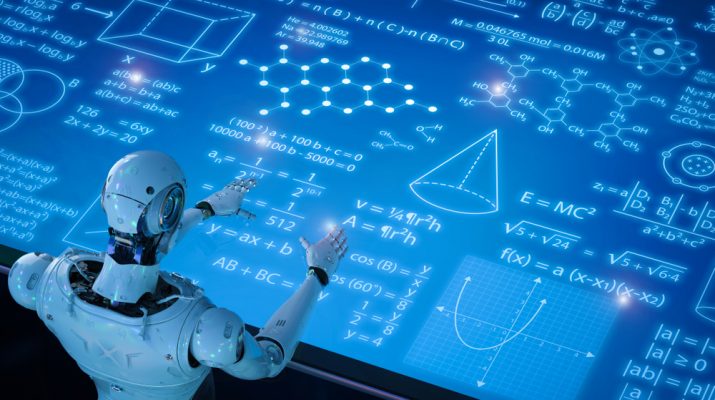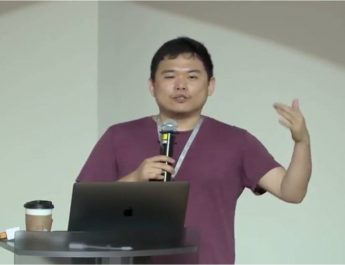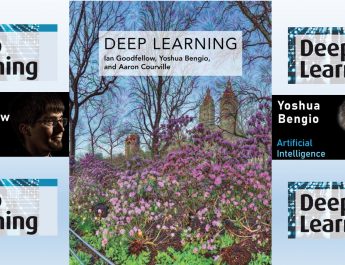Deep learning is a promising and lucrative space that has achieved results that were thought to be impossible. It is providing many industries with innovative tools and valuable applications.
Back in the days, computers simply carried out tasks from a set of instructions given to them. Now, with the immense advancements in artificial intelligence (AI), computers can now learn by example without human intervention with deep learning software. Hence, this is the reason behind the rise in the popularity of deep learning applications.
For those who want to understand deep learning better, there are many available resources. We’ll discuss the programming languages that all developers must know, as well as the top deep learning software and tools you can use.
Programming Languages For Deep Learning
To start with, a deep learning app developer must be proficient in these five programming languages:
Python – This simple but powerful programming language is essential in deep learning and other AI branches. Python has plenty of libraries that make it easy to implement AI algorithms. It also supports object-oriented and procedure-oriented programming. Most computer learning software runs on Python.
Java – Since deep learning deals with artificial neural networks, search algorithms, and many others, Java is an extremely useful programming language to learn. It has great UI, easy debugging, package services, and large scalability. Java also uses Swing and Standard Widget Toolkit, allowing you to create a beautiful and rich graphical representation of data.
R – This programming language is widely used by statisticians for data analysis and visualization. Also, R creates well-designed plots, mathematical symbols, and formulas with numerous packages.
C++ – It may be one of the oldest programming languages, but it is necessary to learn C++ for deep learning. The reason why C++ works well for deep learning is that it is compatible with resource-intensive applications. Since C++ can be used for low- and high-level programming, it gives developers more control and efficiency.
Prolog – Short for ‘programming logic’, Prolog is an essential programming language in AI. It has tree-based data structuring, automatic backtracking, and pattern-matching features. Prolog is great for implementing rules and facts in a clear, natural way.

5 best deep learning software to use:
Below are some of the best deep learning software and tools that you must use in the coming year:
1. Keras
If you want a deep learning tool that provides neural layers, modularity, module extensibility, and Python coding support, then Keras is perfect for you. It is a high-level neural networks API that is capable of running on Theano, TensorFlow, or CNTK.
Keras specializes in enabling fast experimentation with the least possible delay. It can also run seamlessly on both CPU and GPU. Also, this is considered as one of the best deep learning tools that you must use. Finally, to know if Keras is a free deep learning software, contact them for the pricing.
Features:
User-friendly, with consistent and simple APIs that minimize the number of user actions required for common use.
Easy extensibility on new and existing modules which allows for total expressiveness.
Written in Python which is compact, allows extensibility, and easier to debug.
Understands a model as a sequence or graph of modules that can be plugged together with fewer restrictions.
2. Microsoft Cognitive Toolkit
For those who need to handle massive datasets and customize parameters, algorithms, and networks, Microsoft Cognitive Toolkit (CNTK) will work well for you. It is an open-source deep-learning program that is specifically suited for commercial-grade distributed deep learning.
Finally, this is one of the best deep learning platforms which allows the easy combination of popular model types and the implementation of SGD learning with automatic differentiation and parallelization across multiple GPUs and servers.
Features:
It can be included in Python, C#, C++, or Java programs.
It allows the combination of convolutional neural networks and recurrent neural networks.
Supports open neural network exchange (ONNX) format.
Microsoft Cognitive Toolkit
Photo by Exxact Corporation
3. Neural Designer
Hailed as the best neural network software, Neural Designer is commonly used by big industries and organizations. Since it is based on neural networks, it is capable of advanced analytics and provides comprehensive results.
Neural Designer is favored by many industries such as engineering, financing, healthcare, and retail for providing actionable insights. As a result, businesses and organizations are able to create better decisions and outcomes. Although it is not a free neural network software, Neural Design offers a free trial so you can check it out.
Features:
Uses neural networks to analyze complex relationships, predict patterns, and recognizing associations from data.
Easy-to-use interface with a step-by-step guide on how to operate the software.
It provides intuitive tables, charts, and graphs for better visualization of results.
Uses CPU parallelization and GPU acceleration to reduce analysis time.
4. Wolfram Mathematica
Need a deep learning image processing solution? Wolfram has robust algorithms with parallelism and GPU computing. Thus, it can handle large-scale problems. It is also easy to use, and you can find comprehensive tutorials on their website in case you need help with anything.
Features:
Provides data and matrix manipulation tools
Contains automated theorem proving tools
Efficient and powerful rule-based programming for symbolic manipulations
Has excellent graphic support
Wolfram Mathematica
Photo by a2zp30.com
5. Torch
Building scientific algorithms with speed and flexibility is the main goal of Torch. Moreover, this deep learning software and scientific computing framework use LuaJIT scripting language, making it easy-to-use and efficient.
Torch offers packages in machine learning, as well as signal, image, and parallel processing. Although it is not certain if Torch is a neural network freeware, it is open-source software.
Features:
Excellent interface to C via LuaJIT
Linear algebra routines and numeric optimization routes
The fast and efficient GPU support
Embeddable and contains ports to Android and iOS backends
Source: https://robots.net/




